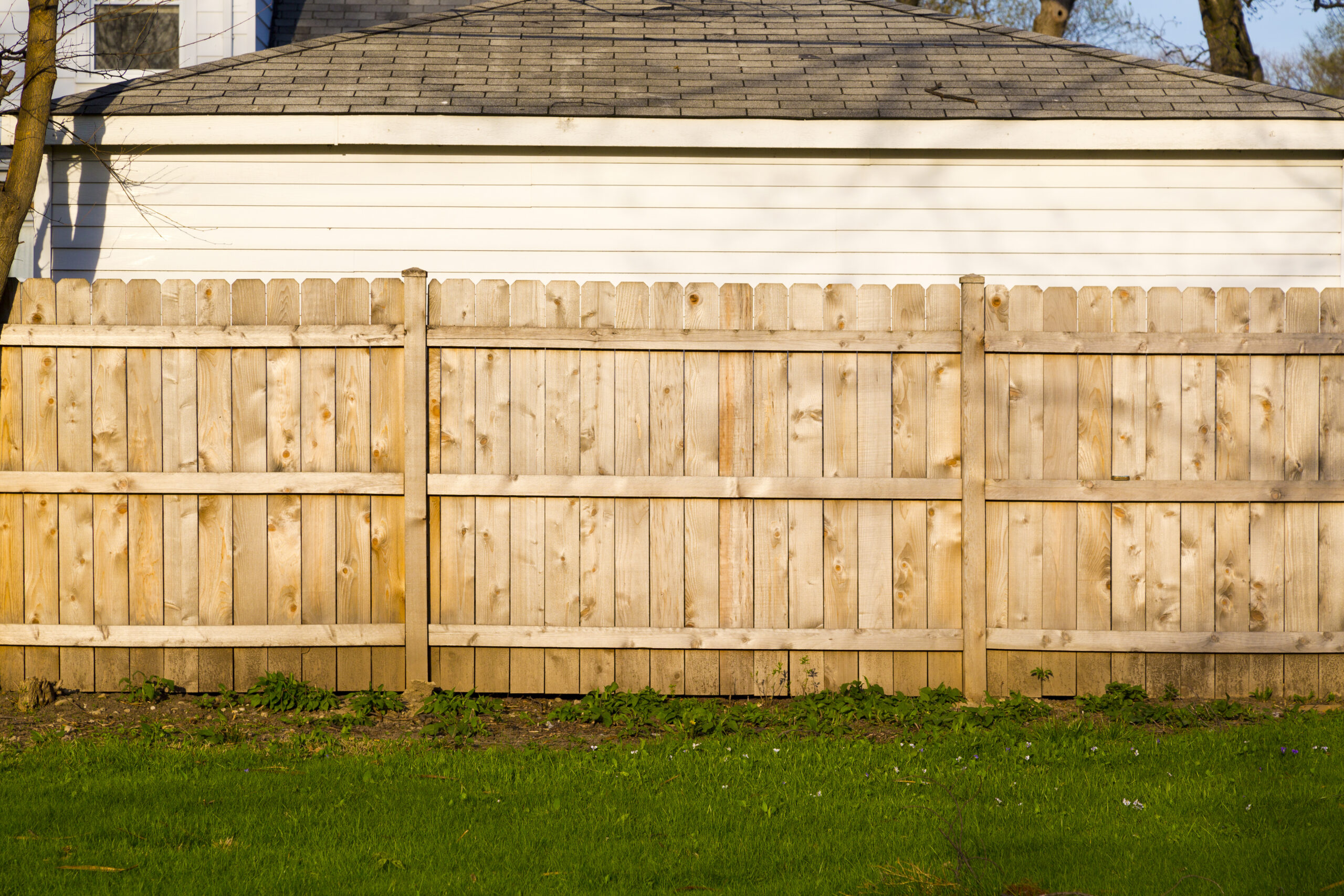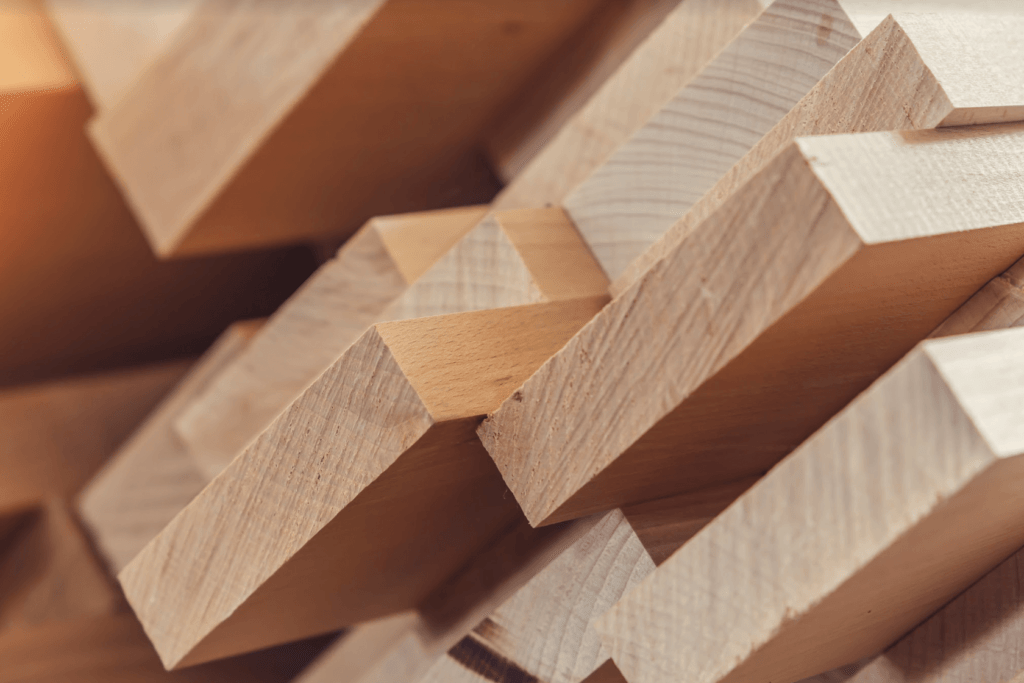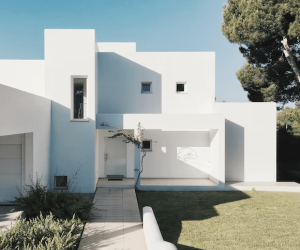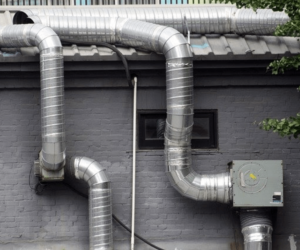Wood has been used for fencing and other construction needs for ages. It’s a natural material that can withstand harsh weather conditions with proper treatment and care.
There’s a long list of wood types best for fencing. They differ in aesthetics, durability, and price. Depending on your location, some of these woods can be affordable or expensive due to their availability.

To help you list down your best options, here are the top eight types of wood for fencing:
1. Cedar
Cedar is one of the best fencing and decking materials due to its durability and looks. It has a unique color and texture, and can last up to 30 years with proper maintenance.
Cedar can be left untreated when used as a fence. Over time, it changes into a grayish color. However, you may apply a coat of sealer every three to five years to protect it from moisture, especially during winter.
Moreover, cedar is a naturally rot-resistant wood. This wood also contains natural oils that protect it from insects. You may use it as it is, without the need for chemical treatment.
2. Pine
Pine can be a wise choice if you’re looking for an affordable wood fencing option. However, it needs to be treated to stay in shape and resist warping over time.
Pressure-treated pine is weather-resilient compared to untreated ones. It’s also an affordable option for wood deck and outdoor furniture, and performs best in dry conditions with a little rain.
Despite being treated, you may coat pine wood fences with sealants. You may apply a coat of tung oil for a stunning finish and use varnish or polyurethane sealant for efficient waterproofing.
3. Redwood
Redwood is a luxurious building material with natural weatherproofing qualities. Its warm reddish-brown color is eye-catching and can blend well with modern homes as a fencing and decking material.
As a hardwood, redwood is dense and non-porous. Like cedar, it has a natural ability to repel termites and is more resistant to warping compared to treated woods. Due to its resilience to moisture and water, it’s ideal for locations with frequent rainfall.
Redwood is a bit more expensive than other woods, but you can save on maintenance costs since it can last for about 25 years with little maintenance.
4. Black Locust
Black Locust is another premium option for fencing and other outdoor needs. It may cost a little higher than redwood, but it guarantees longevity without treatment and waterproofing maintenance.
Black locust is among the strongest woods that lasts up to 30-50 years without applying sealants. The only maintenance it may need is optional oiling for aesthetics. It’s commonly used in sustainable architecture since it eliminates chemical treatment that harms the environment.
Black locust is naturally rot-resistant, termite-repellant, and waterproof like other hardwood options. This wood performs well as fencing despite being exposed to moisture from the ground.
5. Ipe
Ipe is a tropical hardwood and is one of the most durable and long-lasting fencing and decking materials. Aside from its waterproof qualities, it’s also fire-resistant.
Ipe wood may cost a bit higher than black locusts since they take longer to regrow. It also has a higher crushing strength, making it an excellent structural material.
The only downside with Ipe wood is its toxic compounds that may affect workers during installation. Installers should wear proper protective equipment to avoid irritation and infection.
6. Douglas Fir
Douglas Fir is one of the most widely-used lumbers for home construction and fencing. It’s lightweight, easy to work with, and lasts up to 27 years with regular maintenance.
Due to its affordability compared to hardwood, Douglas Fir is an excellent choice for fencing. It also has rot-resistant properties, which you can improve by applying waterproof sealant. It’s durable and features a warm neutral tone.
Untreated Douglas Fir wood fencing can last up to 10-15 years. You can maximize its longevity through regular treatment, especially for wet and humid climate areas.
7. Cypress
Despite being a softwood, cypress works well for fencing and other outdoor projects. It has the same insect and rot-resistant qualities as hardwood due to its natural oils.
Cypress also has a unique grain pattern that easily attracts homeowners and designers. It can be stained and protected with a clear sealant to retain the color and texture or left unsealed to turn gray over time.
Moreover, cypress can last up to 25 years if used as a fence post and longer if used above ground as a railing or picket. Like other softwoods, cypress needs proper maintenance to improve its durability.
8. Bamboo
Bamboo is the most uncommon fencing material, but it’s one of the most environmentally-friendly options. It grows faster than wood, making it more sustainable.
If you’re looking for a tropical vibe for your exteriors, bamboo is a smart choice. Bamboo is resilient to water but needs added protection since it’s prone to warping and discoloration.
For fencing, it’s best to use it with metal posts and rails. You should only use bamboo as pickets to keep it above the ground.

Conclusion
Even though there’s a wide option of artificial materials available for fencing, wood is still the best choice because of the warm and natural look it gives. It’s easy to find the ideal wood for your needs and budget if you know what you’re looking for.



